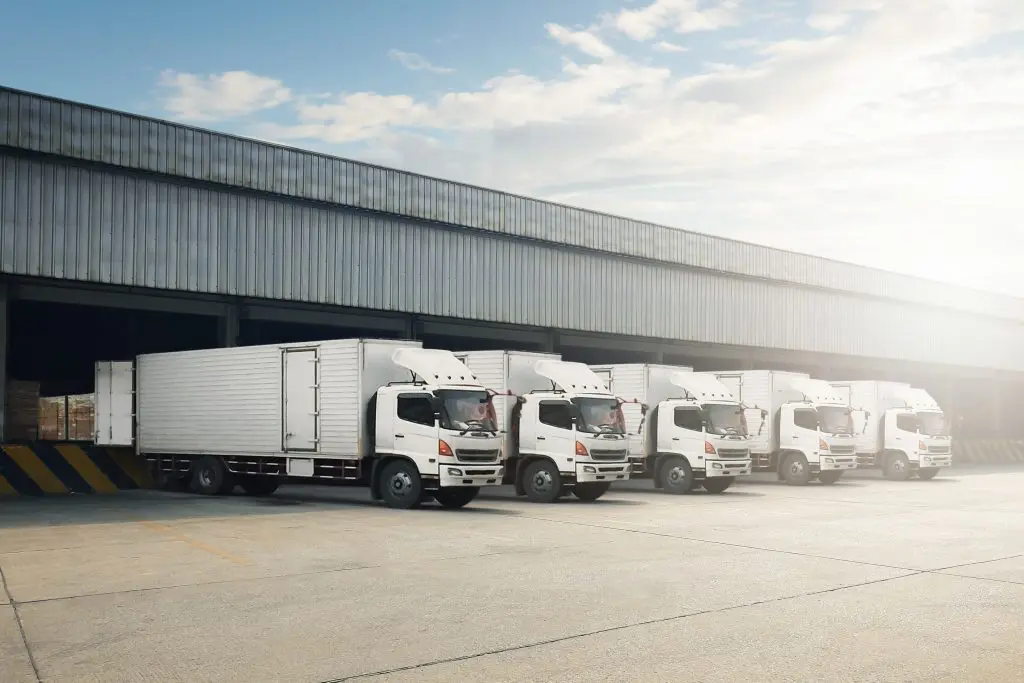
In today’s uncertain financial climate, clever businesses take advantage of every tool they can to keep their profit margin high. For the road freight transport industry, there are specific profitability benchmarks against which your company can measure itself, to find out where you are travelling well and where you might need to make some changes. These will be explained below, along with some ideas about how you can improve your bottom line and become more efficient.
What are profitability benchmarks?
In short, every financial year, the ATO provides data based on information gathered in the previous financial year to allow businesses to compare their performance with other similar-sized businesses in the same industry. In the road transport industry, these benchmarks are based on the typical expenditure categories used by companies that move freight via road. Think wages, fuel expenses, and maintenance and compliance. The benchmarks compare business income with business expenditure and provide a typical range into which most companies fall with their annual turnover. The useful thing about profitability benchmarks is that they provide some objective data against which companies can measure their performance. If your business falls outside of the benchmark range – or even if it doesn’t – you can use this information to revamp your expenditure to increase profits.

Profit benchmarks
According to the ATO, for companies with an annual turnover of less than $200,000, total expenditure should not exceed 60% of your annual income. For businesses turning over up to $600,000, this averages closer to 75%, while for businesses with an annual turnover greater than $600,000, around 85% is the benchmark. According to data from IBISWorld, the average profit margin for freight forwarding and customs brokerage services in the US was around 3.5% in 2021. This means that for every $100 in revenue, the average freight forwarding business earned around $3.50 in profit. While your business may fall well within the typical ranges for total expenditure, it’s wise to break this down further to see whether any savings can be made in particular areas.
Wage benchmarks
By far, the biggest expense for any company is labour costs. In the three categories of annual turnover mentioned above, wages can account for up to 39%, 31% and 34% of total business expenditure. To ensure you maximise the earning potential of your road transport business, you want to make sure your employees are productive when they’re on the clock.
An efficient bookings management system can help your business by ensuring that you aren’t paying for drivers unnecessarily. Similarly, installing software that works to automate basic administrative tasks can reduce the workload on admin staff and free them up for more important jobs. GoDesta is one such business management system that provides a flexible platform for responsive job bookings, service reporting to clients, as well as features that plug in to your existing accounting software, to reduce the time your workers spend on menial tasks. A software system that allows you to plan and automate your upcoming workload will help you keep your payroll expenses in the sweet spot.
Motor vehicle expenses
Expenses related to keeping your transport fleet on the road can extend to 24%, 23% and 24% of annual expenditure for the three categories of business turnover mentioned previously. This includes aspects such as fuel expenditure and vehicle purchase and maintenance. One of the best ways to lower your outlay on vehicle maintenance is to ensure that your fleet is in top form and safety compliant on an ongoing basis, rather than leaving the maintenance tasks until something starts to go wrong. A business-wide strategy to manage maintenance and compliance tasks can be a great choice for business owners who want to keep expenditure within confined limits. The GoDesta system has a built-in compliance management tool that allows businesses to keep on top of vehicle maintenance and ensure that any updates to compliance regulations are flagged so that businesses can be proactive in adapting to meet them.
Increasing your bottom line
In order to increase your profit margin, it’s important to find out where you sit in relation to the road freight transport profitability benchmarks. The first step is to examine your business expenditure and find out if there are any areas in which you could adjust your approach to lower your outlay. Your business may benefit from the introduction of responsive, integrated software like the GoDesta system, providing automation of basic administration tasks and keeping your maintenance program on track. Visit us here to find out more information on how GoDesta can save your business time and money.
GoDesta Transport Management System
Book your free consultation here.

